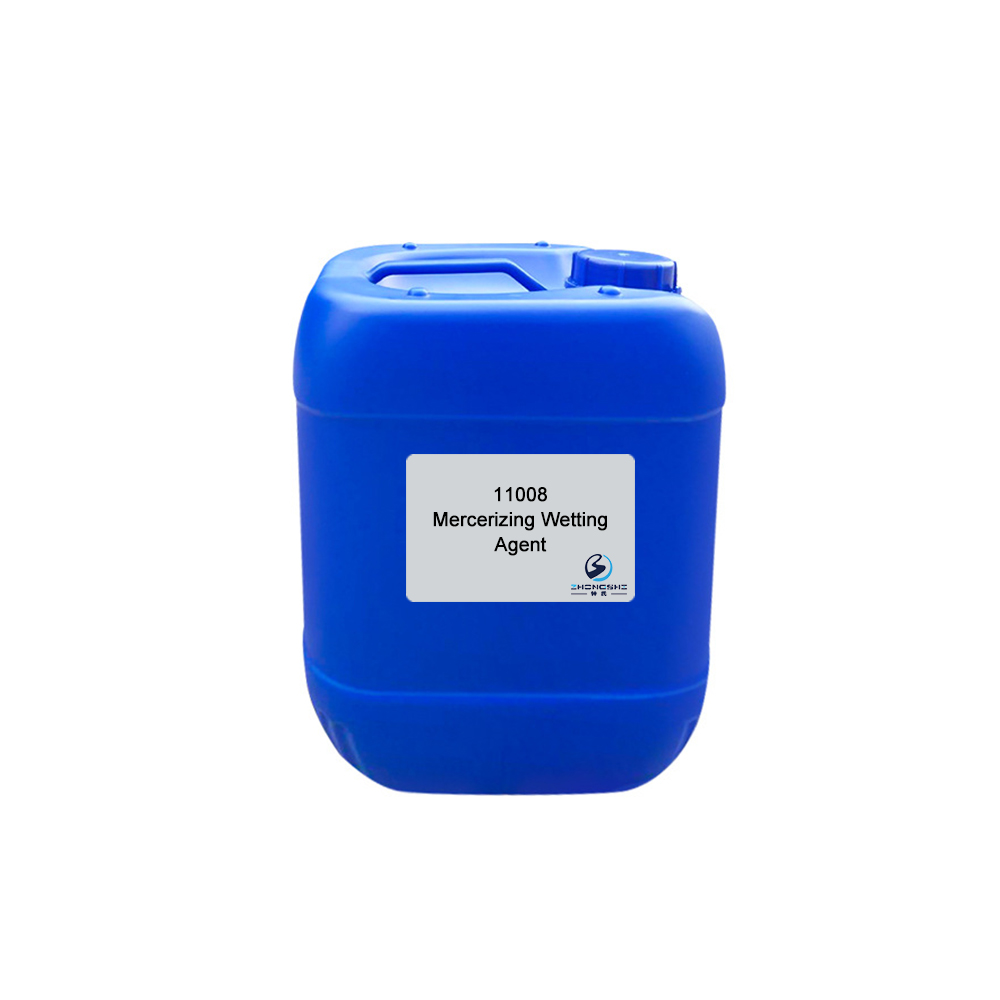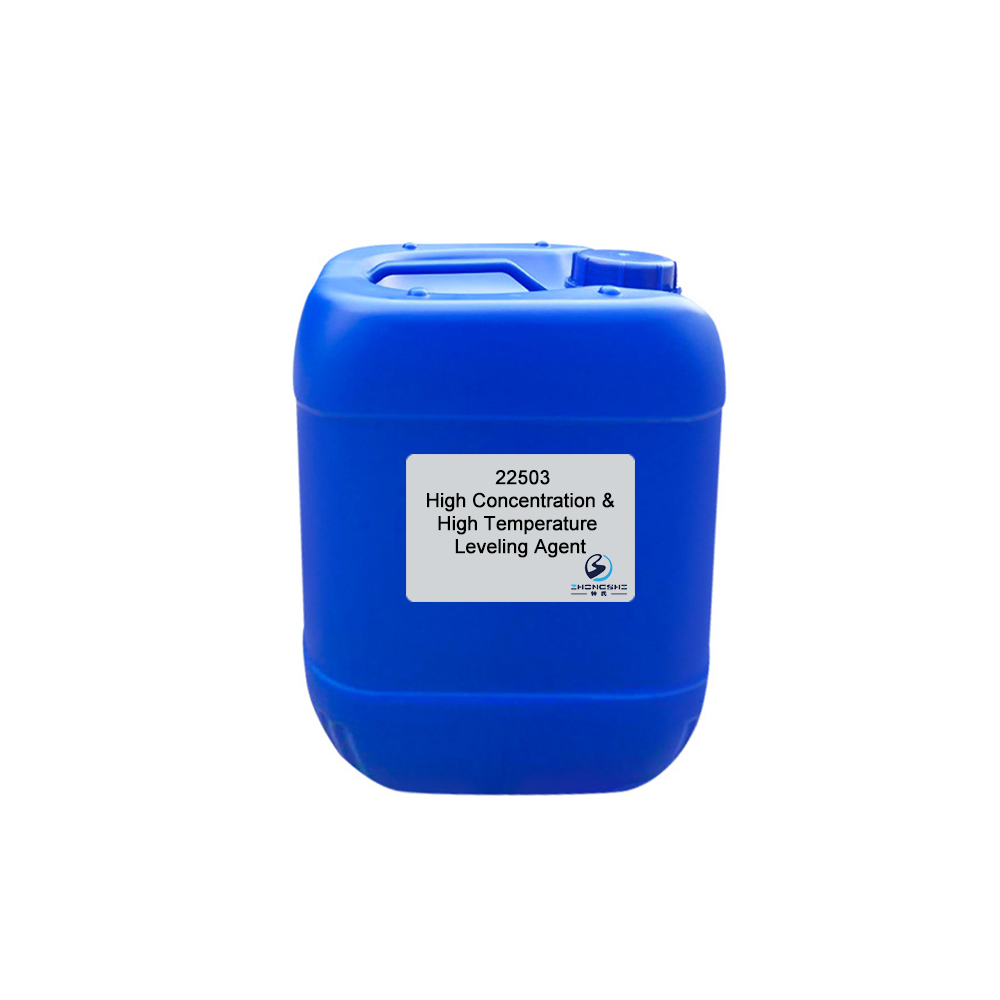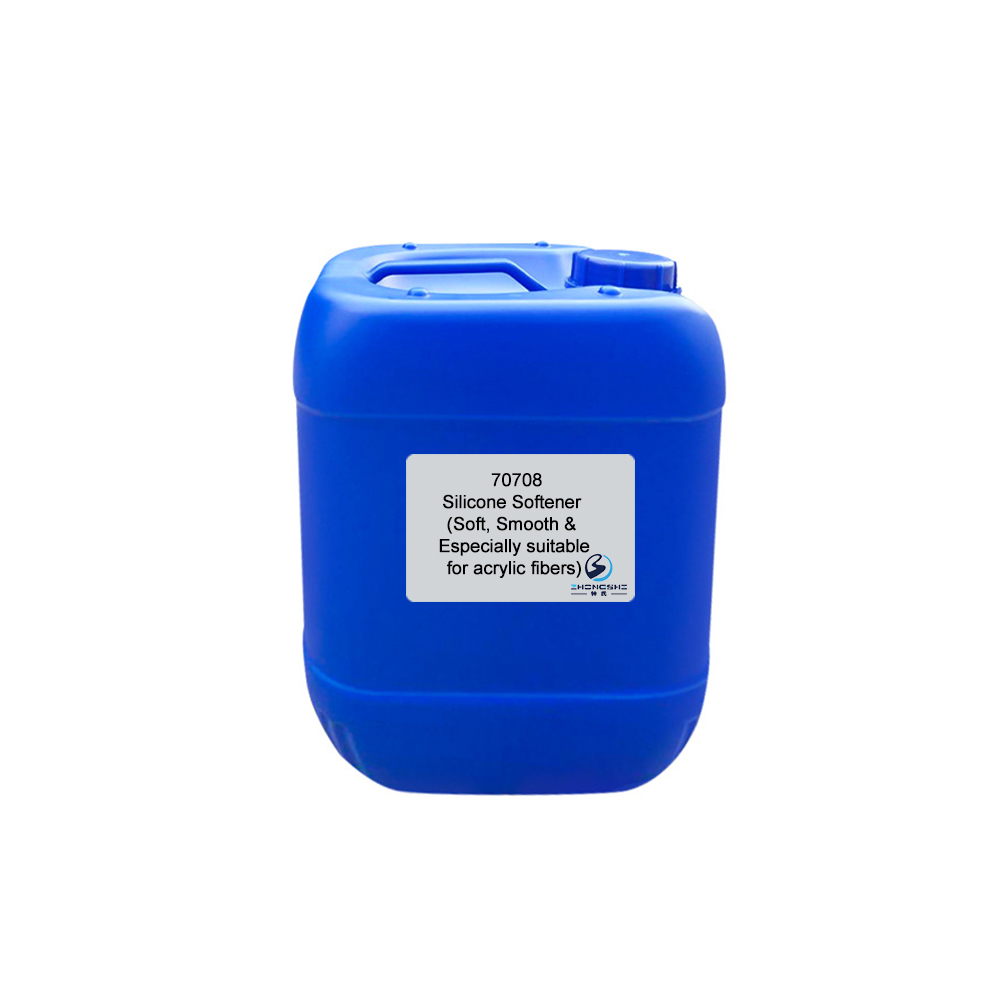Dispersing Agent 44211, Fixing Stains Preventing Agent, Levelling Agent
Our products are widely recognized and trusted by users and can meet continuously developing economic and social needs for Dispersing Agent 44211, Fixing Stains Preventing Agent, Levelling Agent, We will wholeheartedly welcome all purchasers from the industry the two at home and abroad to cooperate hand in hand, and produce a bright foreseeable future jointly.
Our products are widely recognized and trusted by users and can meet continuously developing economic and social needs for China Chemical, China Water-Borne Dispersants and dispersing agent, dispersant, Dispersing Agent, Dispersing powder, Dyeing Auxiliaries, fabric additives, Leveling Agent, Mending Agent, Repairing agent, Textile Auxiliaries, What You Have to have Is What We Pursue.We’ve been sure our solutions will bring you first class quality.And now sincerely hope to promote partner friendship with you from all over the world. Let’s joint hands to cooperate with mutual benefits!
Features & Benefits
- Excellent dispersity and emulsifying property.
- Can prevent fixing defect because of coagulation of acid fixing agent or water quality problem.
- Good compatibility. No influence on fixing fastness.
- A very small dosage can achieve excellent effects.
- Cost-effective.
Typical Properties
| Appearance: | Colorless transparent liquid |
| Ionicity: | Anionic/ Nonionic |
| pH value: | 6.0±1.0 (1% aqueous solution) |
| Solubility: | Soluble in water |
| Content: | 15% |
| Application: | Nylon and nylon/ spandex, etc. |
Package
120kg plastic barrel, IBC tank & customized package available for selection
TIPS:
Continuous dyeing
Continuous dyeing is a process whereby dyeing the fabric and fixation of the dye are carried out continuously in one simultaneous operation. This is traditionally accomplished using a production line system where units are assembled into lines of consecutive processing steps; this can include both pre- and post-dyeing treatments. Fabric is usually processed in open width, so care must be taken not to stretch the fabric. The fabric running speed dictates the dwell time of the fabric through each treatment unit, although dwell times can be increased by using ‘festoon’ type fabric transport. The main disadvantage to continuous processing is that any machinery breakdown can cause ruined fabric due to excessive dwell times in specific units whilst the breakdown is being rectified; this can be a particular problem when stenters running at high temperatures are employed since fabrics may be severely discolored or burnt.
The application of dye can be conducted either by direct application, whereby the dye liquor is sprayed or printed onto the substrate, or by continuous immersion of the fabric in a dyebath and excess dye liquor removed by squeeze rollers (padding).
Padding involves passing the substrate through a pad trough containing the dye liquor. It is imperative that the substrate is wet out thoroughly as it passes into the dye liquor to minimize unlevelness. The amount of dye liquor retained by the substrate after squeezing is governed by the pressure of the squeeze rollers and substrate construction. The amount of liquor retained is termed “pick up”, a low pick up being preferable since this minimizes migration of dye liquor in the substrate and saves energy during drying.
In order to obtain a uniform fixation of dyes on the substrate, it is preferable to dry the fabric after padding and before it passes on to the next process. Drying equipment is normally infrared heat or by hot air stream and should be contact-free to avoid marking of the substrate and soiling of the drying equipment.
After drying, the dye is only deposited on the surface of the substrate; it must penetrate into the substrate during the fixation step and become part of the substrate via chemical reaction (reactive dyes), aggregation (vat and sulphur dyes), ionic interaction (acid and basic dyes) or solid solution (disperse dyes). Fixation is performed under a number of conditions depending upon the dye and substrate involved. Generally saturated steam at 100°C is used for the majority of dyes. Disperse dyes are fixed in polyester substrates by the Thermasol Process whereby the substrate is heated to at 210°C for 30–60 s in order for the dyes to diffuse into the substrate. After fixation substrates are usually washed to remove unfixed dye and auxiliaries.








